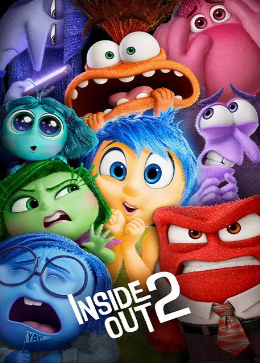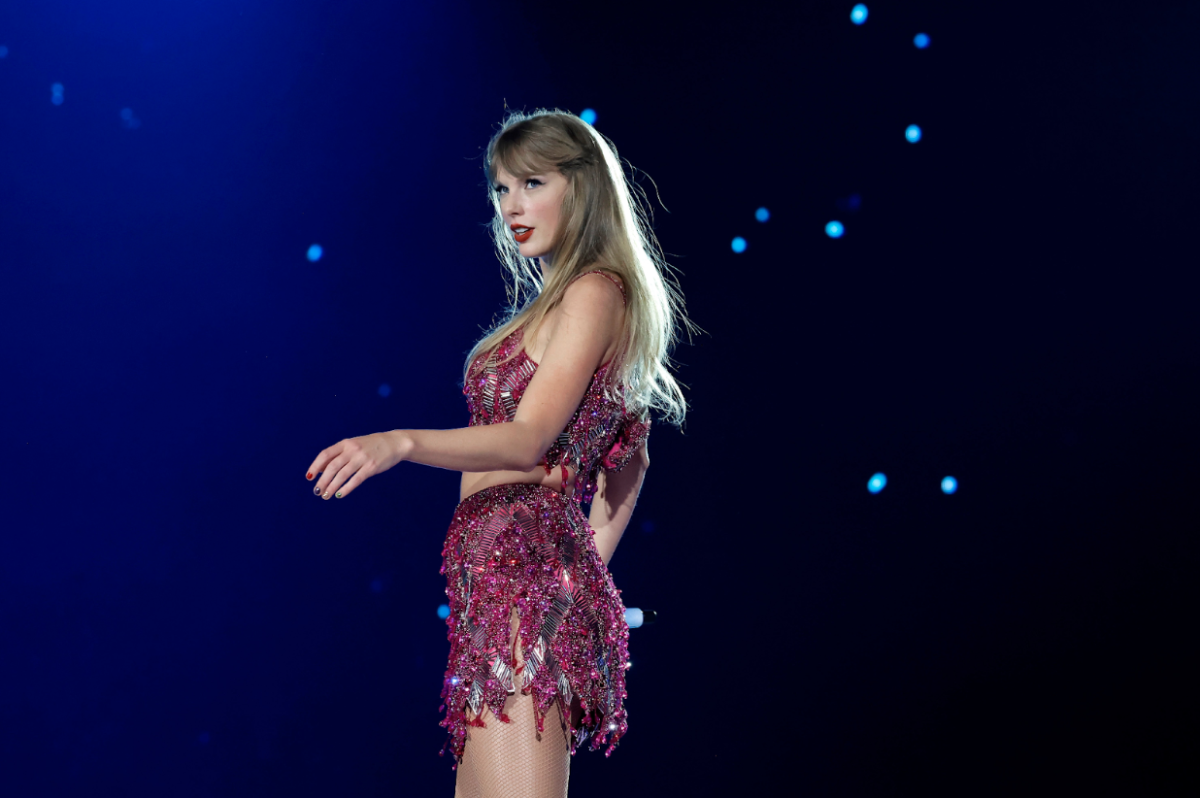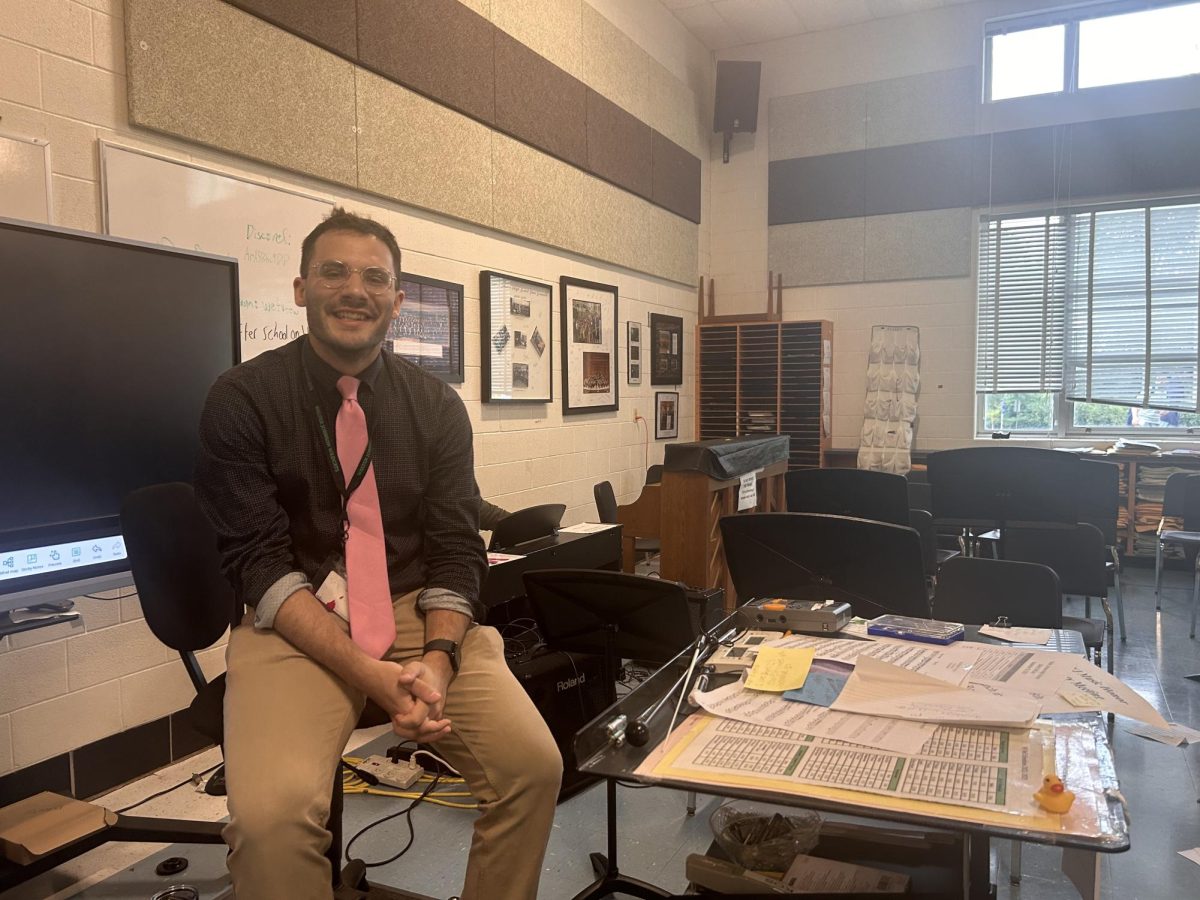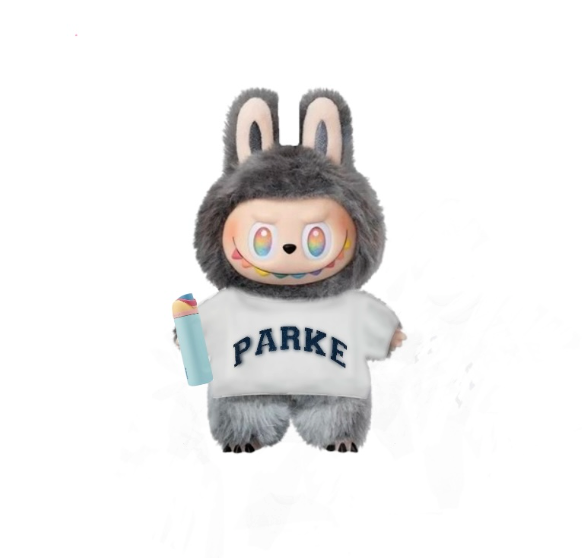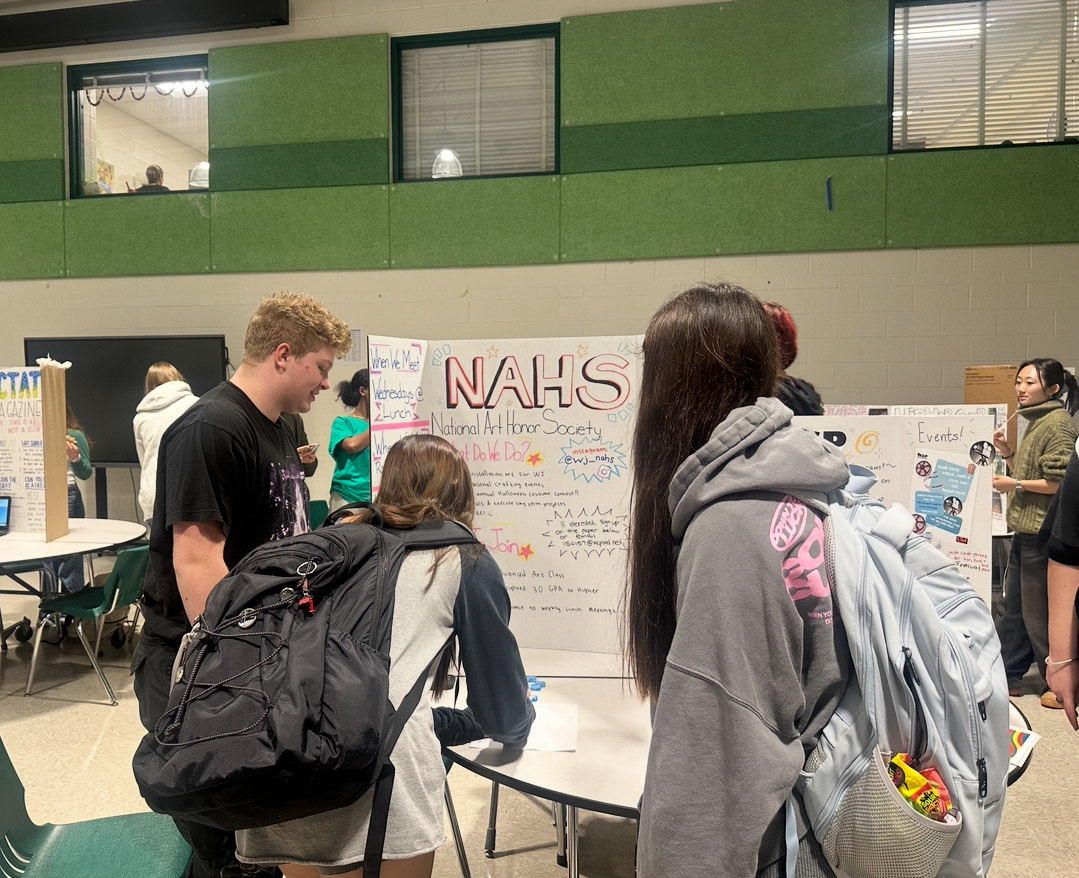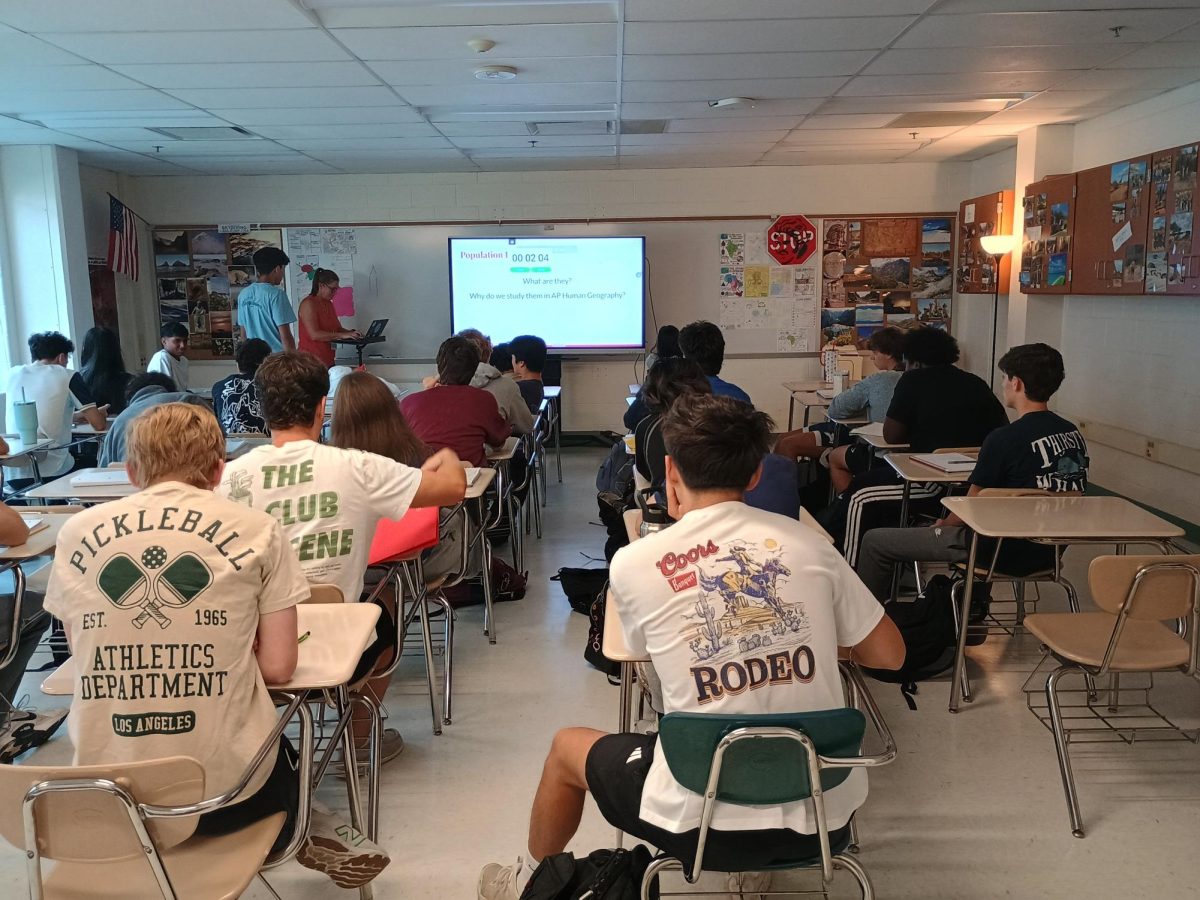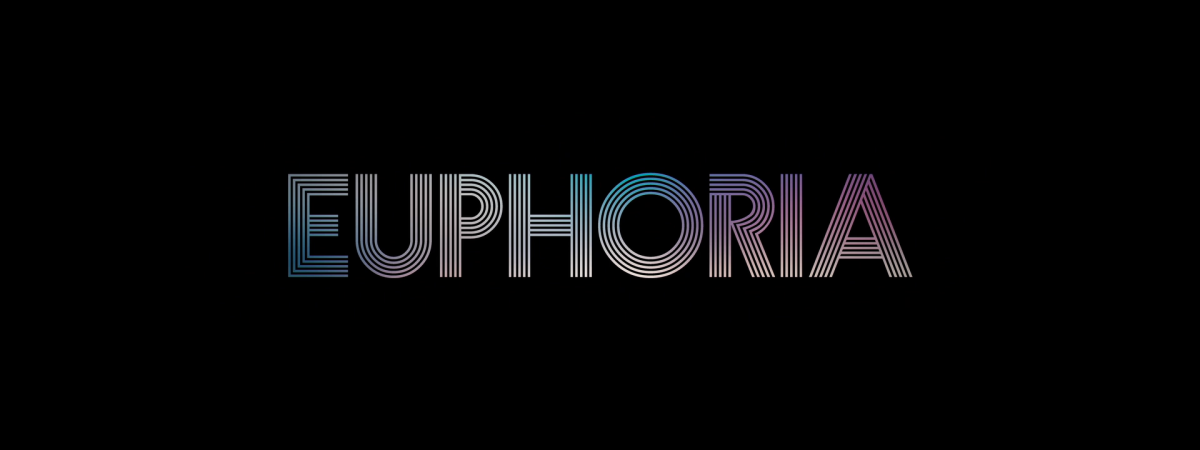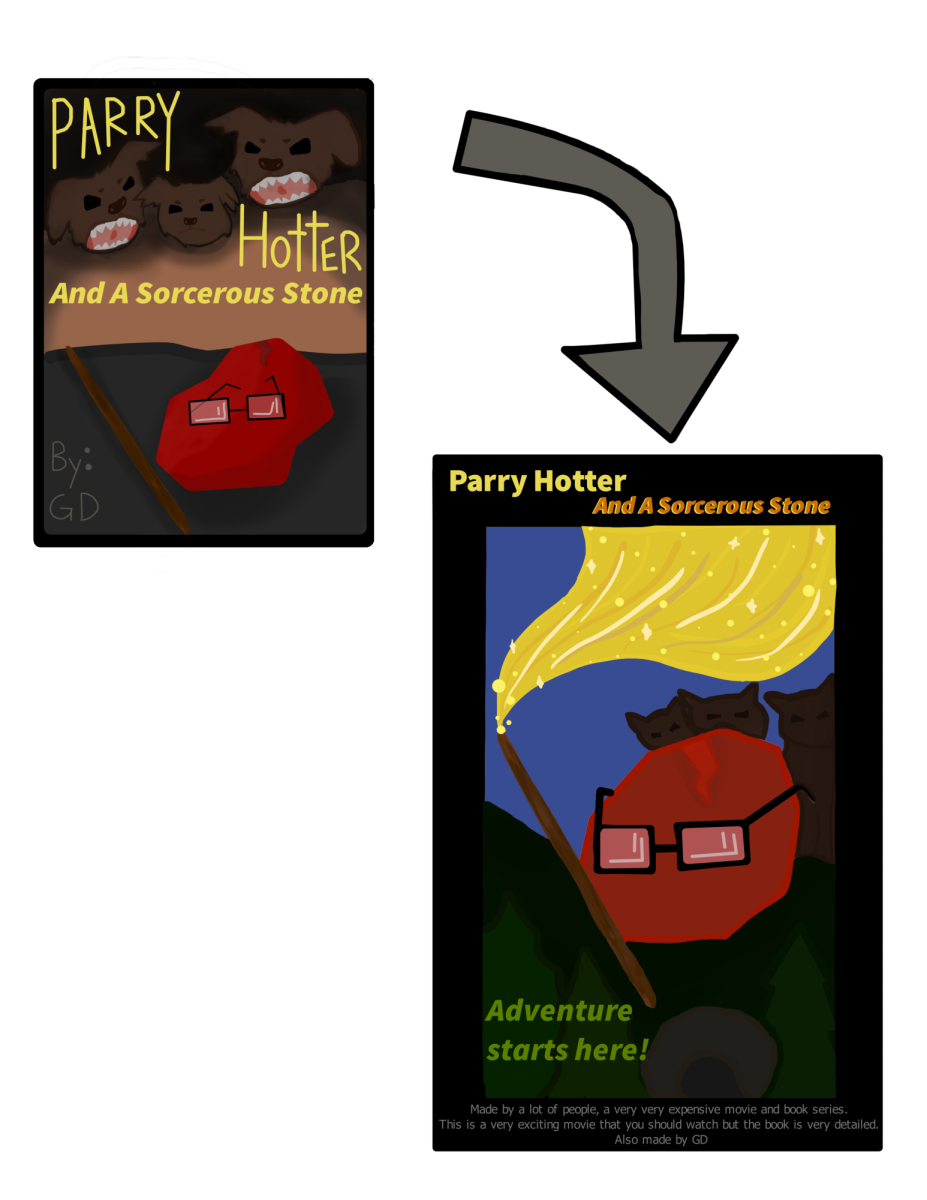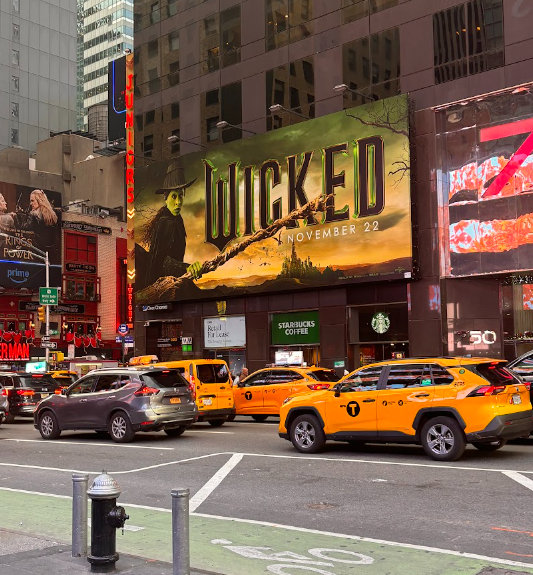I was eight years old when “Inside Out” came out in 2015. I went to the theater to see it, and walked out of the theater blown away.
“Inside Out” is an animated movie that ventures into the mind of Riley, an 11 year old girl. Inside her mind, Riley has five basic emotions that control her actions: Joy, Sadness, Anger, Disgust, and Fear. The movie goes on to depict how the five emotions have an important role to play in her day to day life. To many kids, the film was very educational in learning how to manage their emotions, especially for younger kids who are still working on improving their social skills.
This summer, nine years after making the original film, Pixar came out with “Inside Out 2”, a sequel made to dive deeper into the themes introduced in the first movie by presenting Riley as a teenager, rather than a kid. With the movie’s focus shifting towards teenage emotions, the sequel was poised to be a successful film.
The opening scene of the movie is an overall recap of the first movie, and a setup of the plot. In the first few scenes, whenever the emotions try to manage the control booth in Riley’s head, she would overreact, expressing whichever emotion dominated the controls. Viewers are also introduced to an upgrade to the main controls in Riley’s emotional headquarters. This resulted in new buttons installed to show Riley’s personal and emotional growth. Most notably, there is a big red alarm installed which reads “Puberty”.
In “Inside Out 2,” there are five new emotions in addition to the original five in the first movie. Envy comes into play when Riley becomes jealous of someone or something. Embarrassment takes over when Riley feels regret or shame about her actions. Ennui is another new emoji that some may know as boredom. It portrays a teenager’s shorter attention span, while also adding a character with a very spot-on teenage eye roll. Nostalgia makes an appearance once in a while throughout the movie, reminiscing about Riley’s childhood memories.
But out of the new emotions, the most prominent one is Anxiety. Anxiety plays a massive role in the film, because of her tendency to second-guess Riley’s actions and cause her to feel constant stress. Anxiety and Joy often clash about different views on Riley’s well-being, showing how anxiety can sometimes get in the way of happiness.
“(Joy) makes Riley happy, Sadness makes her sad, Fear protects her from the scary stuff she can see. My job is to protect her from the stuff she can’t see. I plan for the future,” the character Anxiety explains in the film.
This take on anxiety as an emotion is actually very helpful for viewers, because it provides a comparison and a distinction between anxiety and fear. Fear is everything in the present, like fear of heights, fear of spiders, or fear of the dark. On the other hand, Anxiety is described as more of a long term worry, or a “what if” question, posing realistic hypotheticals that make individuals worry about the future. Anxiety is a prevalent emotion that almost all high schoolers deal with every single day. As high schoolers, there are a lot of “what ifs.” What if I lose my friends? What if I don’t make varsity? What if I don’t pass my AP exams? What if I don’t get into my dream college? What if my crush doesn’t like me back?
“Inside Out 2” is a really powerful movie for not just teenagers, but for everyone. Despite it being an animated film, there is insight scattered throughout the film about emotional topics such as panic attacks, stress, and much more. This is a movie with many significant takeaways, and it is one that everyone should see.


